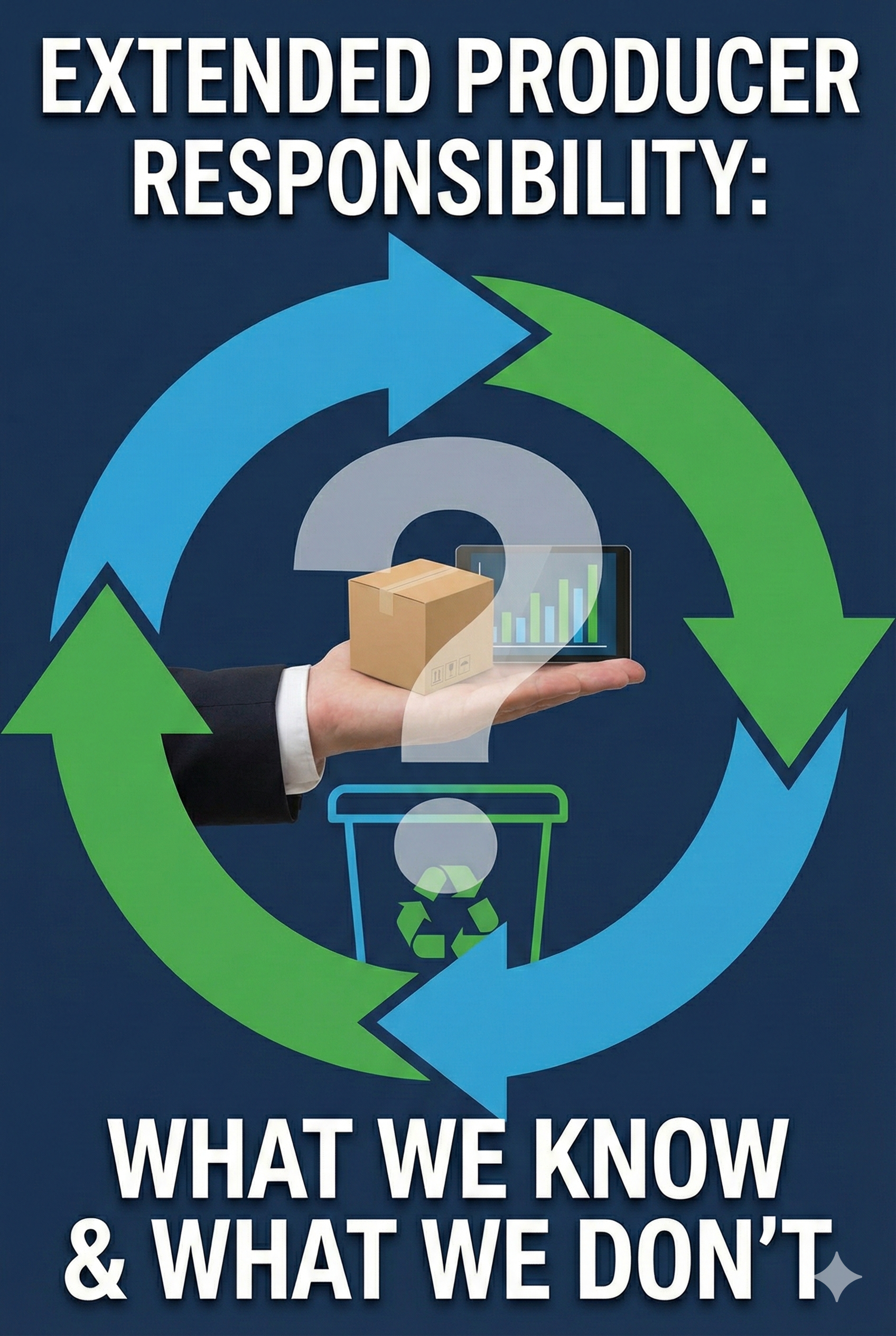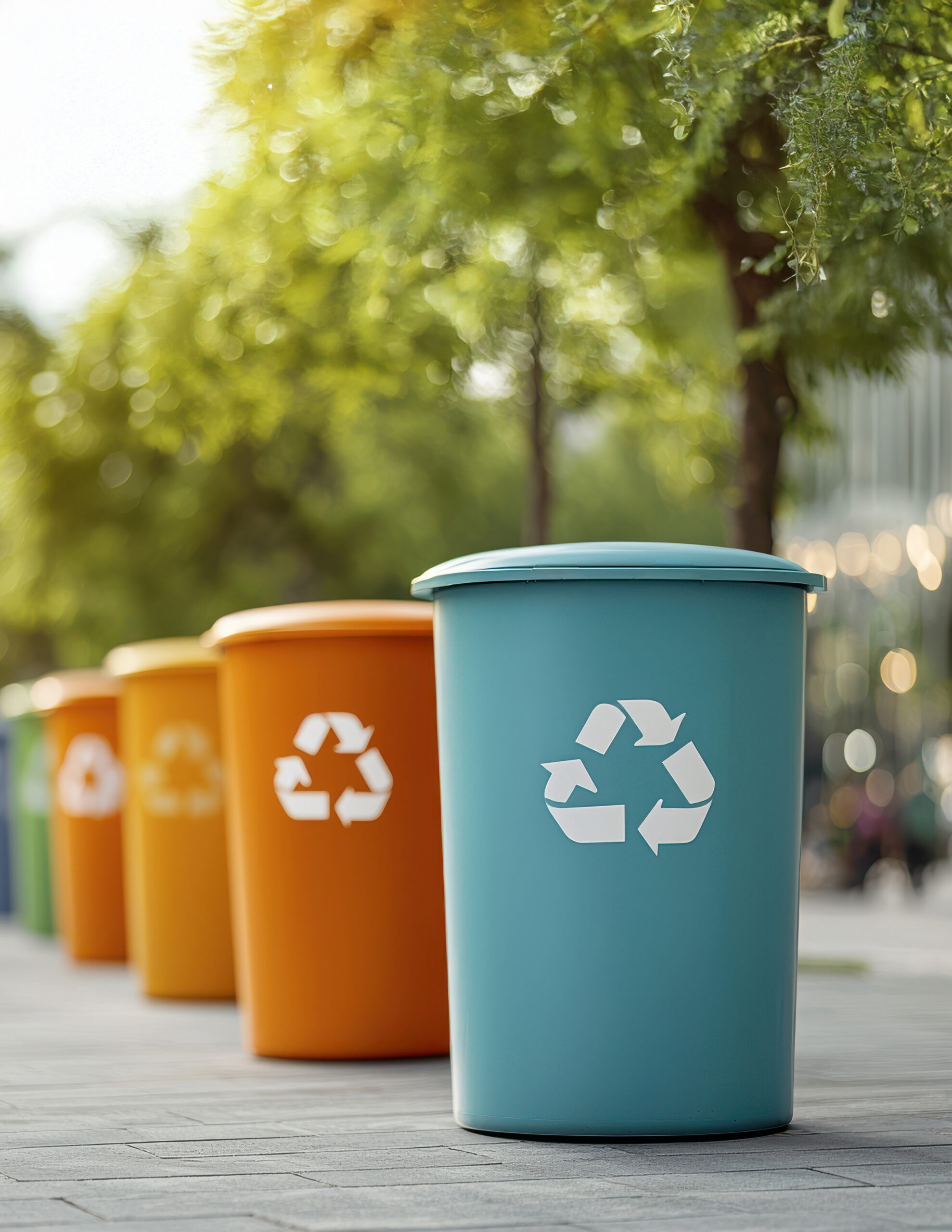State of Practice: PFAS Treatment Technologies
Per- and polyfluoroalkyl substances (PFAS), also known as “forever chemicals” are a group of man-made, synthetic organofluorine chemical compounds that have multiple fluorine atoms attached to an alkyl chain. PFAS break down slowly and bioaccumulate in many species, including humans. PFAS are commonly found in waste materials managed at landfills as they are common components in cookware, fire retardants, and any products that have oil, stain and water repellant properties, and end up in the leachate that is produced in landfills. PFAS are an emerging issue and there are significant gaps associated with how to manage, treat, and/or remove PFAS. The primary goal of this effort is to understand the characterization and concentrations of PFAS across the United States and to develop a comprehensive summary of available PFAS treatment technologies applicable to landfills and landfill liquids (i.e. leachate, stormwater, and groundwater). The report includes data on PFAS species and concentrations across the U.S. and a comprehensive guide on available PFAS treatment technologies. These findings will help inform stakeholders on emerging containments and available options for their treatment and destruction.
Research Partner: Brown and Caldwell





